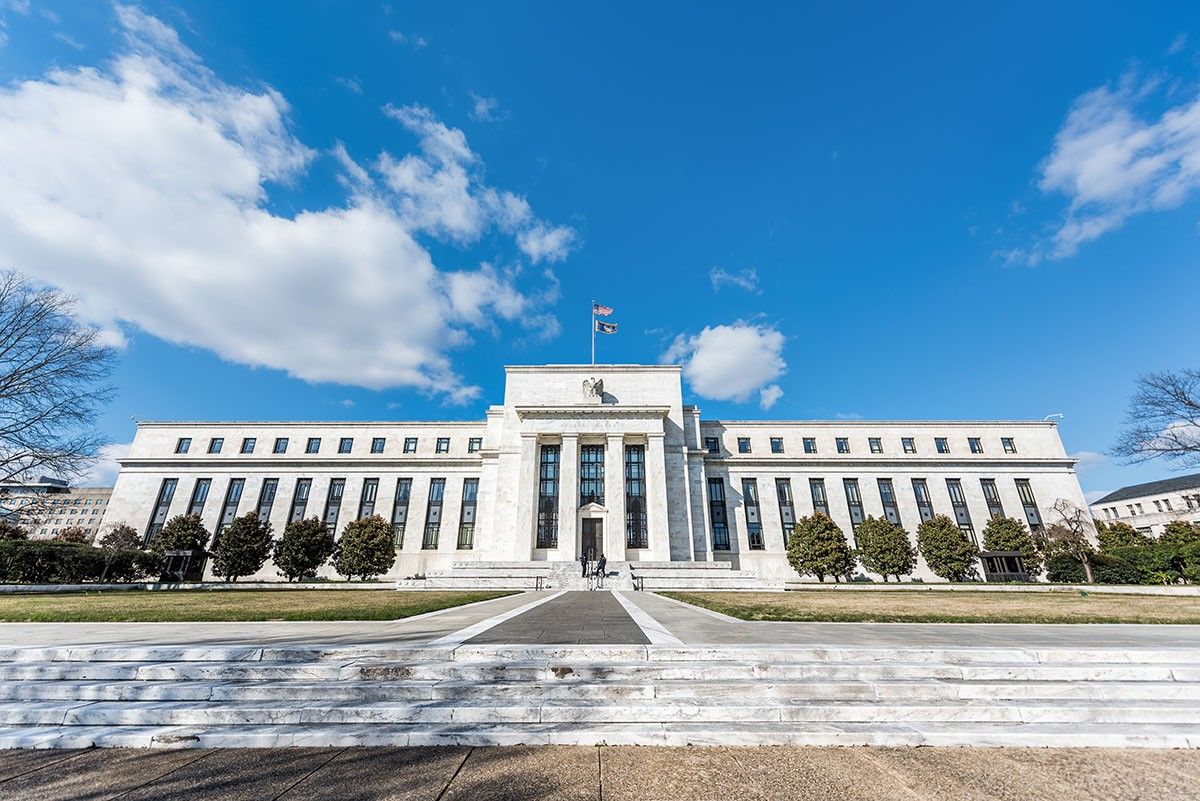The Problem With Interest Rate Targeting

Last year, the Fed forecast that inflation would run well below 2% for the foreseeable future. Today, inflation has risen above 2% and is likely to stay about 2% for a while. By itself, that’s not necessarily a problem. The Fed engages in “average inflation targeting”, which means offsetting periods of below 2% inflation with periods of above 2% inflation, and vice versa.
Nonetheless, there is some reason to be concerned about a possible stop-go cycle, such as we saw during the Eisenhower administration (which experienced three recessions.) The danger is that the Fed will not adjust its policy instruments to reflect changing economic conditions.
The Fed should always set its policy instrument (such as the fed funds rate target) at a position where it expects to achieve its policy goals (such as 2% average inflation.) That means that whenever the economy turns out to be stronger or weaker than expected, the Fed needs to adjust its policy instrument to keep expected future growth on course. But will it do so?
History suggests some reason for concern. George Selgin has argued that the Fed raised interest rates in 2015 not because doing so was necessary to achieve its policy goal, rather because it somehow felt that very low interest rates were undesirable for vague and hard-to-define reasons. Such low rates seemed “unnatural”. Policy can go off course when central bankers confuse the policy instrument with the policy goal.
Today, we may be facing the opposite scenario. While its too soon to be certain, I have some concern that the Fed is now treating low interest rates as a goal in itself, not as a means for achieving 2% inflation, on average, during the 2020s. I hope that I am wrong, but there seems to be some danger that the Fed will be reluctant to raise its interest rate target even if macroeconomic conditions call for higher short-term interest rates.
I do have some sympathy for their predicament. They rightly emphasis both sides of their dual mandate (stable prices and high employment.) Unfortunately, inept fiscal authorities have created a significant adverse supply shock, and thus it is more difficult than usual to determine whether the economy is in danger of overheating. There is some risk of stagflation, although I currently expect the problem to be transitory.
If the 5-year TIPS spread were to reach 3%, it would be a pretty clear sign that the Fed had fallen behind the curve and that we were likely to overheat. Another warning sign would be a sharp spike in long-term T-bond yields.
Fortunately, we are not there yet. Bond yields remain pretty low, and hence I’m not currently predicting anything more than a brief spike in inflation. Even so, I’d say that for the first time in 14 years the balance of risks has shifted from the threat of undershooting to a threat of overshooting in terms of nominal spending growth.
My recommendation to the Fed is two-fold:
1. Reiterate your commitment to 2% AIT for the 2020s, regardless of whether that commitment requires easier or tighter money.
2. Reiterate that your interest rate target will be 100% data-dependent and that you have no qualms about large and unexpected changes in the fed funds target, if necessary to keep average inflation at 2%.
In a better world, the Fed would entirely abandon interest rate targeting and let markets set the short-term interest rate.
PS. You might wonder why I would be concerned by overshooting of the AIT target path. Overshooting increasing the risk that we’ll experience a recession during the 2020s, and I don’t like recessions.



